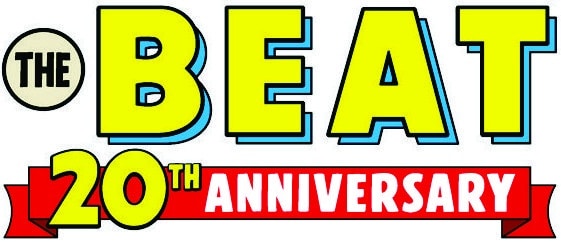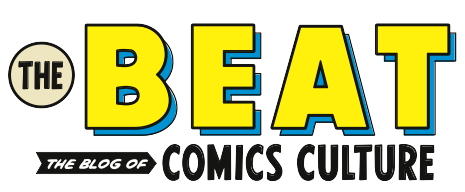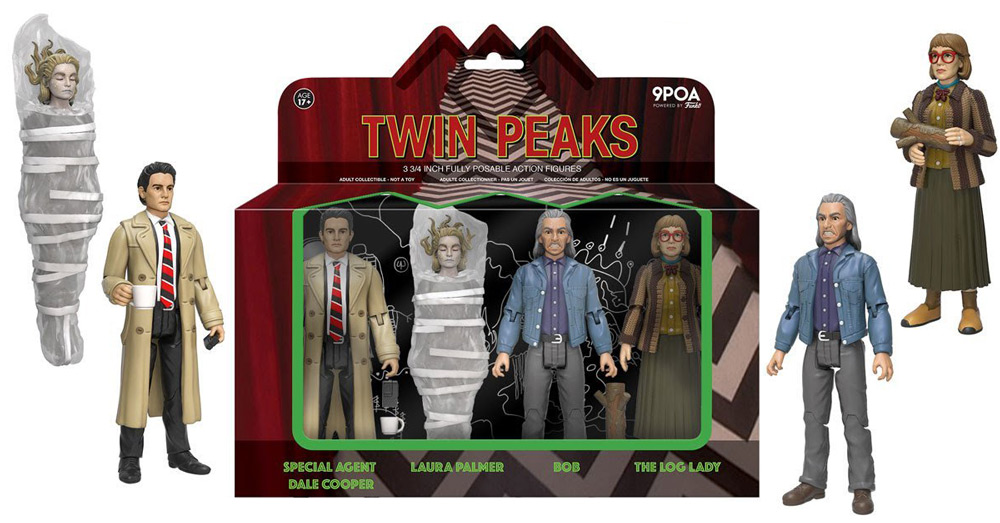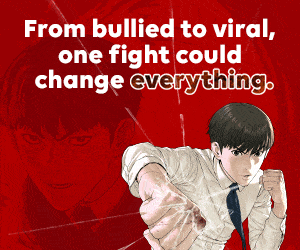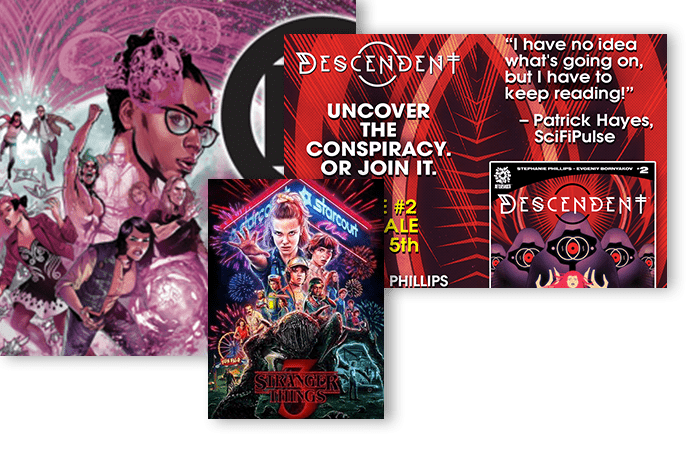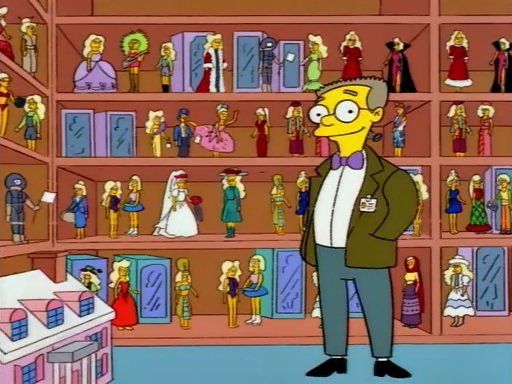
We’ve seen this stigma disappear with other products perceived as exclusive to children. The sales of coloring books for adults have exploded in the last few years. If I saw my mother spending time her time with a coloring book, I’d probably have her checked for dementia, but it’s a completely common practice for others in my age group. Whatever the reason, the basic fact of the matter is that adults are openly buying toys with zero judgment.
This trend is in sharp opposition to decades ago when the only way companies could license toys based on R-rated films was by softening the concept for kids. Freddy Krueger from the Nightmare on Elm Street series is a perfect example. He went from an imposing force of evil to the darkly comedic villain spouting one-liners. The Freddy Krueger merchandise ranged from talking dolls to children’s pajamas. Makes you wonder what kind of parent would purchase pajamas connected to a fictional murderous child molester, but that’s a question for another day. Even Robocop, a movie that featured a guy’s dingus getting shot, got in on the boys action figure racket. I could go on with countless other examples, but the point is that businesses used to be constricted to selling toys only to children. That’s no longer the case.
David Lynch probably never expected Twin Peaks to get its own figures when he first developed the cult TV show decades ago, much less it ever returning to television. Funko, the Washington based toy company best known for its POP! Vinyl line of figures based on thousands of licensed characters, epitomizes this generational dichotomy. Once a property has a Funko POP! figure deal, it’s pretty much entered the zeitgeist. The important takeaway is that studios don’t have to worry about content not being kid friendly enough if they hope to make toys because there will still be adults clamoring for them.
However, I don’t think the adult consumer segment is necessarily restricted to just properties that tap into violence or mature themes as the Inverse article suggests. Awhile back, my sister and I went to see the Beauty and the Beast remake with a packed theater of about 200 patrons. With a quick glance we both noticed that the vast majority of attendees were adults in their 20’s/30’s. At the most maybe less than 5% of the audiences were minors. I’m comfortable enough in my masculinity to admit I grew up with and adored the original animated classic. I even had some of the Burger King toys. It’s interesting to contrast the two marketing approaches between the original animated and live action remake of Beauty and the Beast. Yes, there are still dolls and toys to entertain the moppets, but Disney went beyond the child demographic with products catered specifically to the affluent adults who grew up with the classic.
While this current strategy of marketing towards adults has reaped enormous benefits, it’s important for companies not to neglect any potential consumers, especially kids. I already made my case with Beauty and the Beast, but regarding the superhero genre, companies can’t solely rely on the adult audience forever. There’s a tendency to overlook the long-term in favor of short-term goals. Nevertheless, if young audiences aren’t interested in a franchise today, they likely won’t have a deep connection to it in the future. One of the key differences between the DC Extended Universe of the last few years and the Marvel Cinematic Universe is that the former is trying to differentiate itself with gritty and serious storylines. The end result is that the DCEU just doesn’t appeal to kids (I could argue the DCEU doesn’t appeal to adults for that matter either). The MCU on the other hand has struck the perfect balance of resonating with practically everybody. Baby Groot has attained a popularity comparable to Universal’s animated Minion characters to the point that I wouldn’t be surprised to see Baby Groot rival Harley Quinn and Deadpool as the #1 costume for comic conventions and Halloween this year.
The term “all ages” used to be a bit of a contradiction in that anything dubbed “all ages” was essentially just for kids. We’ve been witnessing a return to its true definition with media that attracts a wide audience young and old. This democratization of products for everybody may reflect a more general liberal attitude in modern Western society. Perhaps I’m grasping at straws, but in any case there’s definitely been a change in the ways businesses traditionally segmented and divided their customers so that now everybody is being served.
